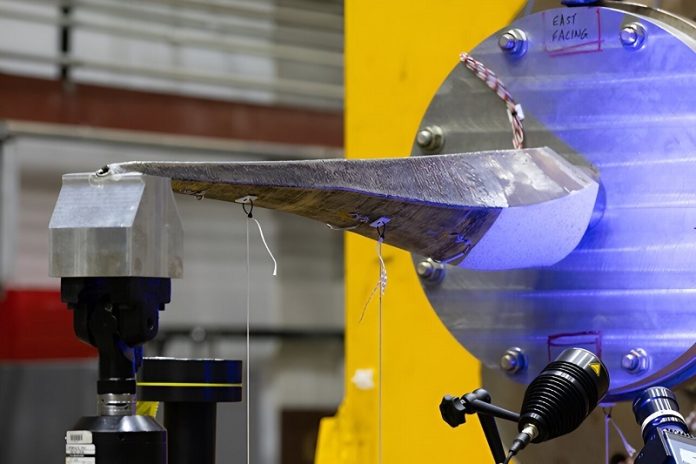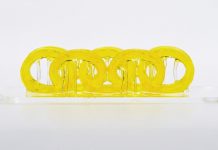
Researchers at the National Renewable Energy Laboratory (NREL) and the Pacific Northwest National Laboratory are harnessing the power of 3D printing to transform marine energy technologies.
Known officially as additive manufacturing, this innovative process uses thin layers of various materials like metals and polymers to create objects from digital models.
Since early 2022, these experts have been exploring how this technology can improve and streamline the creation of marine energy devices, like tidal turbines.
Traditionally, making parts for marine energy has been costly and time-consuming, but 3D printing is changing the game.
This method allows for the fast creation of complex designs that can be quickly tested and refined without the need for extensive and expensive manufacturing processes.
The result? Quicker innovation and lower costs, making marine energy more accessible and efficient.
One of the key components being developed using 3D printing is the turbine spar—a vital part that acts as the backbone of a tidal turbine blade.
The team quickly discovered that ordinary plastics wouldn’t withstand the harsh ocean conditions, so they turned to stronger materials like stainless steel.
They use a specific 3D printing method called laser metal deposition to craft these spars, which are critical for the durability and functionality of tidal turbines.
Paul Murdy, a mechanical engineer at NREL, emphasized the benefits of this approach. “3D printing opens up a new realm of possibilities, allowing us to create robust, sturdy structures tailored for marine energy,” he said.
This adaptability is crucial for components that must endure the powerful forces of the ocean.
The project is not just about building better parts; it’s also about speeding up the development process. Miguel González-Montijo, a graduate intern at NREL working towards a doctorate in civil engineering, designed the spar.
He aimed to make sure it would integrate seamlessly with existing turbine technologies, enabling rapid prototyping. This means new designs can be tested and tweaked much faster, helping identify the most effective solutions for harnessing marine energy.
González-Montijo also highlighted the broader impact of this technology.
“For places like my home, Puerto Rico, integrating marine energy into the power grid could greatly enhance energy independence and resilience,” he explained.
The ability to quickly produce and replace parts locally, using 3D printers, further supports energy security and sustainability, especially in remote or isolated communities.
Currently, the team is in the testing phase, putting their 3D-printed spar through rigorous trials to ensure it meets the demands of real-world marine conditions. They are conducting tests to see how it withstands heavy loads and repeated stress, essential for confirming the spar’s reliability and safety.
Looking ahead, the success of this project could lead to broader applications of 3D printing in marine energy and other fields. As NREL prepares to introduce a new 3D printer capable of working with innovative materials, the potential for this technology continues to grow.
This could mean more efficient, more resilient energy solutions not just for coastal communities, but for anyone looking to embrace renewable energy technologies.
Through their work, the researchers at NREL are not just advancing marine energy; they are redefining what’s possible in renewable energy technology and production, promising a future where energy solutions are more adaptable, sustainable, and readily available.
Source: National Renewable Energy Laboratory.



